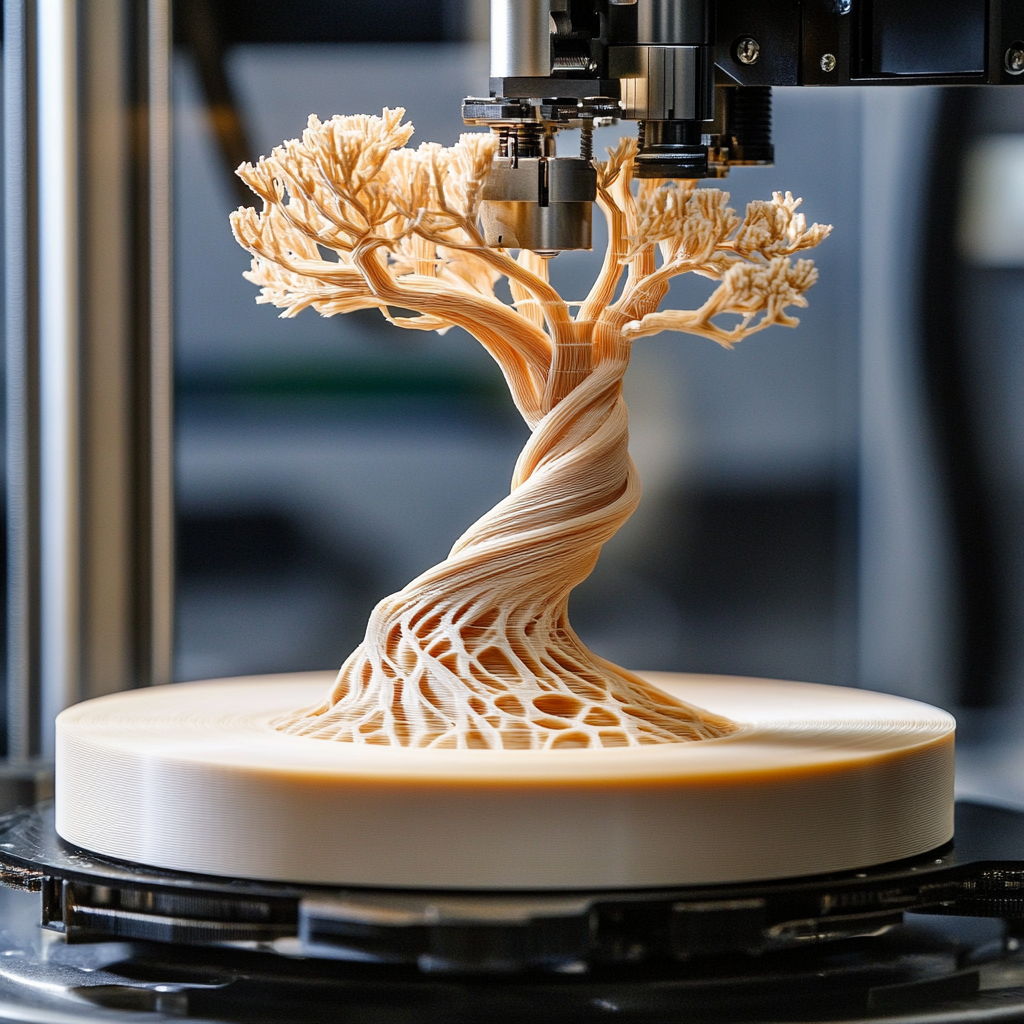**Unwrapping the Mystery of AI Agents: The Production Hurdle and LangChain’s Solution**
Picture this: It’s May 27, 2025, and at the LangChain Interrupt conference, Harrison Chase, the charismatic CEO of LangChain, stands before an audience brimming with curiosity and excitement. He’s about to drop a truth bomb that could redefine the landscape of AI agents. The kicker? The biggest roadblock isn’t the technology itself, but the **quality** of the output. It turns out that, despite the impressive gadgetry and dazzling demos of prototype AI agents, transitioning those brainy bots into reliable, scalable production systems is akin to herding cats—chaotic and challenging.
**Quality: The Titan of Production Blockers**
A recent survey involving AI agent developers found something that might surprise many—quality is the reigning champion when it comes to production blockers, leaving cost and latency in its wake. It’s a no-brainer that while prototypes often shine in controlled environments, they can stumble and trip in the rugged terrain of real-life deployment. Companies craving consistency are finding themselves in a bit of pickle, scouting for robust evaluation frameworks to help turn those shiny prototypes into dependable workhorses.
**Enter Eval-Driven Development: LangChain’s Daring Strategy**
Harrison’s answer to this conundrum? A novel concept he calls **eval-driven development**! It’s like a beautiful concept where evaluation isn’t just a step in the process; it becomes the lifeline of development. Rather than relegating evaluation to the end of the checklist, it’s interwoven into the very fabric of development, encouraging a relentless cycle of refinement that boosts both performance and reliability.
**Understanding the Three Evaluation Types: A Recipe for Success**
Let’s dive into the nitty-gritty, shall we? Harrison presents three types of evaluations that are pivotal to this robust framework:
1. **Offline Evals:** Think of these as your studio sessions—curated datasets are used to anticipate how a model might behave in controlled conditions before it’s thrown to the wolves.
2. **Online Evals:** This is where the rubber meets the road! Real-time monitoring of agent performance in the wild. It’s like having a personal trainer shouting motivational phrases as you sweat it out, catching failures on the fly.
3. **In-the-Loop Evals:** The ultimate feedback loop; imagine a scenario where either humans or automated systems provide real-time feedback within the operational cycle. It’s like having a friend whispering the right answers during a game show.
**LangSmith: The New Sheriff in Town**
LangChain isn’t stopping at mere evaluations; they’ve dropped a groundbreaking tool called **LangSmith**—a unified observability and evaluation platform that sprinkles magic dust on production traces, transforming them into tailored evaluation datasets. This means developers can sift through real-world usage data to extract precise evaluation metrics, drawing a clear line between prototype thrills and production chills.
And get this, LangSmith is rigged up with features that include:
– **LLM-as-Judge:** Using large language models to assess agent outputs autonomously whenever clarity is shrouded in ambiguity. It’s basically AI judging AI—how meta!
– **Deterministic Evaluators:** Perfect for when the criteria are clear-cut, like those situations where you are simply trying to ensure code correctness or extraction accuracy.
**Tools Galore: A Treasure Trove of Support**
But wait, there’s more! LangChain isn’t just sitting on its laurels; they’ve rolled out an arsenal of new tools to turbocharge the evaluation process:
– **Chat Simulations:** These nifty simulations mimic human conversations, allowing agents to be tested vigorously in various dialogue scenarios. Think of it as an intense boot camp for your AI.
– **Eval Calibration:** A fine-tuning technique to align evaluators closer to human judgment, minimizing the dreaded false positives and negatives.
– **OpenEvals:** An open-source library filled to the brim with pre-built evaluators designed for common AI agent tasks, covering everything from code generation to data extraction validation.
**Why Evaluation is a Never-Ending Saga**
Harrison insists that “great evals start with great observability.” Evaluation is not a one-and-done checklist—it’s more like a never-ending story. It journeys from offline testing with curated datasets, through the harsh lights of real-time monitoring, to feedback loops that seem to spiral endlessly. This ongoing cycle of assessment is the secret sauce to deploying successful AI agents.
**Understanding Context in Production: Beyond Pretty Pictures**
Has anyone ever asked how the seemingly mundane intersects with the extraordinary? Harrison emphasizes that it’s not just about numbers and algorithms; building reliable agents is an art that calls for interdisciplinary collaboration. It’s about crafting context—designing prompts, architectures, and strategies that resonate with real-world operational needs. Transforming agents from mere demos into integral systems requires a keen understanding of both technology and the business landscape.
**The LangChain Ecosystem: A Glimpse Into Real-World Success**
Now, let’s sprinkle in some real-world examples showing how LangChain’s innovations are making a splash:
– **Cisco’s AI Agent Deployment:** Cisco has managed to automate an impressive 60% of their staggering 1.8 million support cases annually, achieving over a whopping 95% accuracy. This showcases a quintessential success of production-grade agents that was once relegated to mere dreams.
– **LangGraph Platform:** A genius framework that allows managing long-running, stateful AI agents in a production environment, now available for general use.
– **LangChain Sandbox:** A protective bubble for any untrusted Python code, ensuring safety when agents dynamically engage in coding tasks.
**In Conclusion: A Future Awaits**
To break through the quality barrier that’s holding back AI agent development, LangChain is championing a detailed, eval-driven development methodology. It’s the golden ticket that can transform prototypes into reliable, business-essential systems.
Here’s the game plan:
– A three-stage evaluation framework (Offline, Online, In-the-Loop).
– LangSmith for blending observability with evaluation seamlessly.
– Strategic evaluators, whether LLM-based or deterministic, tailored to suit various needs.
– Innovative tools like chat simulations and calibration to ensure robust testing.
– OpenEvals as a library of goodies for common AI agent tasks.
By embracing the idea that evaluation is an ongoing adventure, LangChain paves the way for AI agents to evolve from humble prototypes to robust entities performing predictably in live environments.
Want to stay up to date with the latest news on neural networks and automation? Subscribe to our Telegram channel: @ethicadvizor


